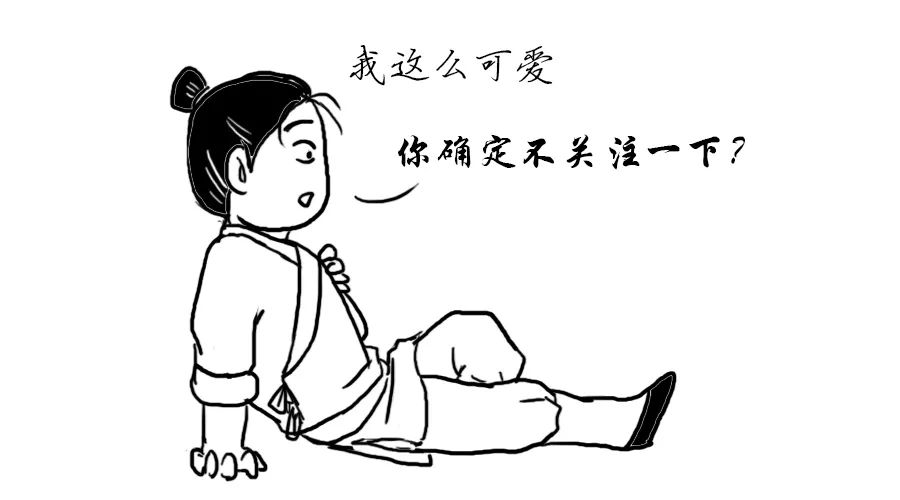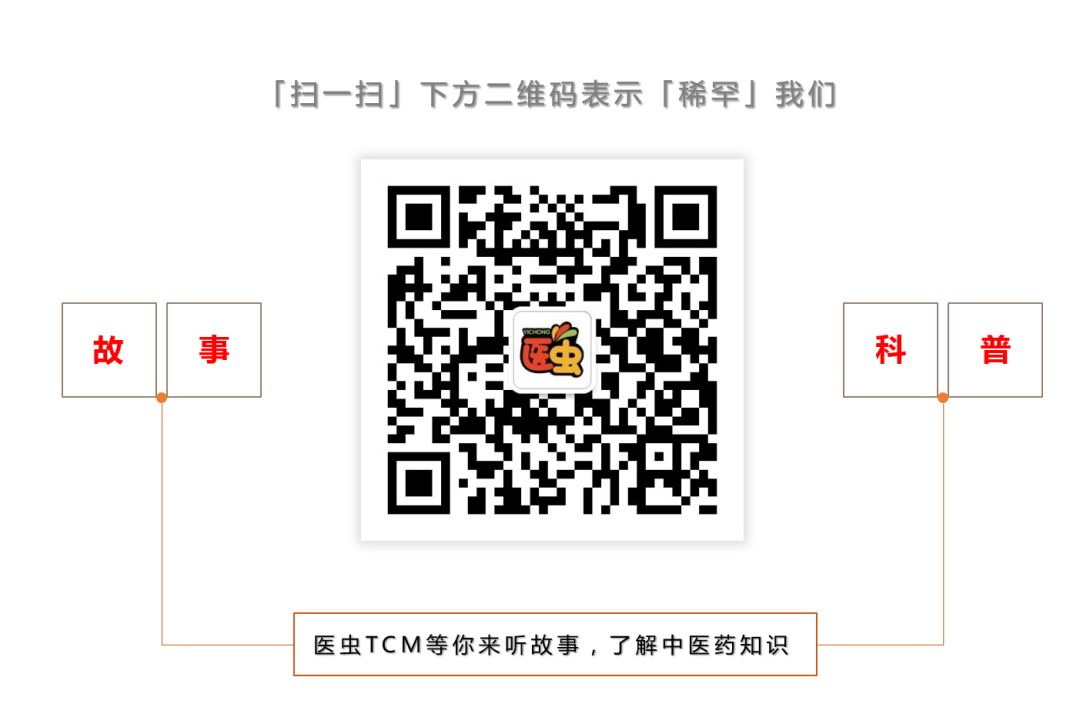
Liver Meridian Damp-Heat Syndrome
Definition
The Liver Meridian Damp-Heat Syndrome is a TCM diagnostic term. It refers to the accumulation of damp-heat in the liver meridian, characterized by symptoms such as distension and pain in the hypochondrium, dampness and itching in the genital area, swelling and pain in the genitals, or ear pain with purulent discharge. Common symptoms include hypochondriac pain, genital swelling, dysuria, leukorrhea, and jaundice. This syndrome can be seen in Western medical conditions such as intercostal neuralgia, scrotal eczema, otitis media, adnexitis, hypertension, cholelithiasis, and acute infectious hepatitis.
Etiology
Excessive consumption of spicy foods, rich and fatty foods, or excessive alcohol can damage the liver and spleen, or prolonged residence in damp environments can lead to the invasion of damp-heat pathogens. Additionally, external pathogens can transform into internal heat, causing stagnation of qi.
Clinical Manifestations
Symptoms include jaundice, hypochondriac distension and pain, reduced appetite, bitter taste in the mouth, aversion to greasy foods, fatigue, or dampness and itching in the genital area, swelling and pain in the genitals, or ear pain with purulent discharge. If dampness is heavier than heat, the tongue coating may be white and greasy with slight yellow; if heat is heavier than dampness, the tongue coating may be yellow and greasy, with short and red urine, and the pulse may be slippery and rapid.
Symptom Analysis
The foot jueyin liver channel runs through the lower abdomen and connects to the genitals. Damp-heat in the liver meridian descends, affecting the skin in the genital area, leading to rashes and intolerable itching. The dampness is sticky, and heat causes blood stagnation, resulting in a burning sensation in the affected area. Scratching may lead to the discharge of clear fluid, indicating damp-heat; if it affects the testicles, there will be swelling and pain. Women suffering from damp-heat often experience yellowish and foul leukorrhea, with damp-heat in the lower jiao affecting urination, leading to burning pain and difficulty in urination. A yellow tongue coating indicates heat, while a greasy coating indicates dampness; a wiry pulse indicates liver involvement, and a rapid pulse indicates heat syndrome.
Commonly Used Herbs
Long Dan Cao (Gentian Root), Huang Qin (Scutellaria), Shan Zhi Zi (Gardenia), Ze Xie (Alisma), Mu Tong (Akebia), Che Qian Zi (Plantago Seed), Dang Gui (Angelica), Sheng Di Huang (Rehmannia), Chai Hu (Bupleurum).
Acupuncture Therapy
1. Acupuncture
Needling points such as Qi Men (Qimen), Ri Yue (Riyue), Yang Ling Quan (Yanglingquan), and Yin Ling Quan (Yinlingquan) to treat hypochondriac pain, bitter taste, jaundice, etc. For poor appetite, needle Zhong Wan (Zhongwan) and Zu San Li (Zusanli) using a reducing method, once daily for 20 minutes; for leukorrhea and genital swelling, needle Guan Yuan (Guanyuan), Tai Chong (Taichong), Yin Ling Quan (Yinlingquan), and San Yin Jiao (Sanyinjiao) using a reducing method, once daily for 20 minutes.
2. Moxibustion
As this syndrome is characterized by heat and excess, moxibustion and warming needle techniques should be used with caution.
Common Diseases
1. Jaundice
Typically presents as yellowing of the skin and eyes, hypochondriac pain, bitter taste, aversion to greasy foods, and fatigue. If dampness predominates, the yellowing is dull, accompanied by swelling, heaviness, and poor appetite, with a red tongue and a yellow-white greasy coating, and a slippery pulse; if heat predominates, the yellowing is bright like orange, with fever, irritability, constipation, and red urine, a red tongue, a yellow greasy coating, and a deep wiry and rapid pulse. The former should be treated by dispersing qi, transforming dampness, and clearing heat, using Er Jin Tang (Two Gold Decoction) with Yin Chen; the latter should be treated by soothing the liver, benefiting the gallbladder, and clearing damp-heat, using Si Ni San (Frigid Extremities Powder) minus licorice, combined with Yin Chen Hao Tang (Yinchenhao Decoction).
2. Hypochondriac Pain
Typically presents as distension and pain in the hypochondrium, or paroxysmal severe pain radiating to the heart or back, with bitter taste, dry throat, nausea, or alternating chills and fever, short and red urine, and constipation, or ear pain with purulent discharge. Treatment should focus on soothing the liver, benefiting the gallbladder, and clearing damp-heat, using Da Chai Hu Tang (Major Bupleurum Decoction) with modifications.
3. Abdominal Distension
Clinical manifestations include a distended and firm abdomen, hypochondriac and abdominal pain, pale yellow complexion, purple tongue, yellow greasy coating, and wiry rapid pulse. This is due to damp-heat stagnation, qi stagnation, and water retention, damaging the liver and spleen, affecting the blood, with damp-heat and blood stasis obstructing each other. Treatment should focus on clearing heat, promoting diuresis, and invigorating blood circulation, using Yin Chen Hao Tang (Yinchenhao Decoction) combined with Hua Yu Tang (Blood Stasis-Transforming Decoction) with modifications.
4. Leukorrhea
Typically presents as pale yellow, thick, foul-smelling discharge, with large volume, or mixed red and white discharge, or accompanied by external genital itching, swelling and pain in the genitals, and turbid urination. This is due to damp-heat descending in the liver meridian. Treatment should focus on draining liver and gallbladder damp-heat, using Long Dan Xie Gan Tang (Gentian Decoction) as the formula.
Prevention and Care
1. As some patients with this syndrome are infectious, attention should be paid to public hygiene to avoid cross-infection.
2. Maintain hygiene in sexual activities.
3. Patients with genital itching, dysuria, eczema, or leukorrhea should frequently change underwear.
4. Avoid spicy, fatty, and rich foods, such as alcohol and fatty meats.
Prognosis
The pathological evolution of this syndrome has three outcomes: the liver and gallbladder are interrelated; if damp-heat in the liver meridian is unresolved, it can affect the gallbladder, forming liver-gallbladder damp-heat syndrome; if damp-heat persists, it can chronically damage the yin, leading to liver yin deficiency; if damp-heat in the liver meridian is unresolved, it can impair the spleen, causing the spleen to lose its ability to transport and transform, leading to internal damp-heat accumulation.

Source: Chinese Medicine Information Query Platform
Editor: Ban Xia
Images: Network
Reviewer: Chong Ge


Selected Past Articles
-
【中医症状】肝胆湿热证


